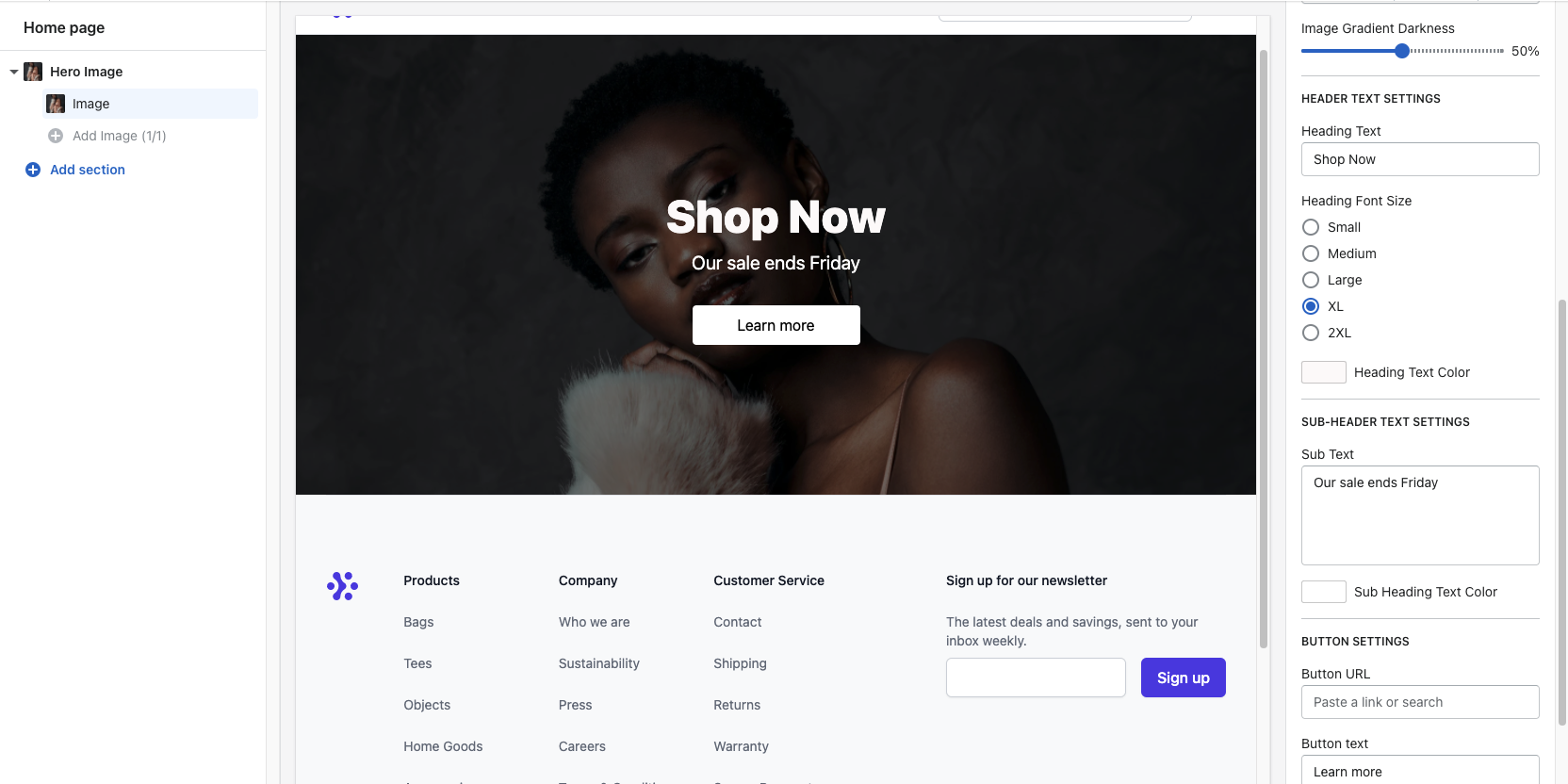Last Updated: 6/10/2021
Leveraging Fulfillment by Amazon (FBA) is one of the most impactful and fastest ways to grow your ecommerce sales and increase your profit margins. It’s no secret that Amazon has one of the most advanced fulfillment networks in the world, and two thirds of Amazon’s millions of sellers are using Amazon FBA to rapidly scale their ecommerce businesses.
Enrolling in Amazon FBA gives you access to Amazon’s superior logistical power. Amazon will handle all shipping (including returns and refunds), product warehousing in their vast network of fulfillment centers, picking and packing, and 24/7 customer service.
But FBA is not just about fulfillment. It’s about unlocking access to customers on Amazon Prime (148.6 million Amazon Prime Members in the US as of 2021) to boost your exposure and sales on the Amazon marketplace.
While FBA offers nearly unmatched fulfillment rates and seamless order processing for Amazon sales, access to Amazon’s powerful fulfillment capabilities do come with significant costs that won’t make sense for every business. Costs include:
Monthly fees
Fulfillment fees
Stock removal fee
Labeling fees
FBA prep service & FBA unplanned prep service
Returns processing
Storage fees (including long term storage fees)
Shipping (to customers and to the Amazon Fulfillment Center)
The profitability of using Fulfillment by Amazon will depend largely on the types of products you’re selling as well as your proximity to an Amazon Fulfillment Center. (Tip: Use the Fulfillment by Amazon Revenue Calculator to determine the profitability of your products.)
How to Grow Sales with Amazon FBA
If you’re one of the millions of Amazon sellers who are ready to scale with Amazon FBA, here’s what you need to do right.
Enroll in Amazon Brand Registry and design a Store page
In the past, Stores were only available to Amazon Vendors. Now, any third-party seller enrolled in Amazon’s Brand Registry can create an Amazon Store to educate customers about their brand and showcase best-selling products.Amazon offers a user-friendly page builder that makes it easy to design a multi-page Amazon Store with drag-and drop-tiles or pre-designed templates you can customize with your own high-quality images, infographics, videos, and descriptions. An Amazon Store page also gives you the ability to create a custom Amazon.com URL.
Not only does registering for Amazon Brand Registry give you the power to creatively communicate your value props and educate customers with branded Amazon Stores, it also gives you more power to protect your brand. Amazon Stores are free from distracting competitor ads, and Brand Registry gives you more control with:
Accurate listings - Better management of your brand’s product listings so that customers see accurate information.
Proactive brand protection - Amazon’s automated protections use information about your brand to proactively remove suspected infringing or inaccurate content. The more information you provide, the better Brand Registry can help you protect and improve your brand experience.
Report violations - Amazon’s search tools let you find and report suspected violations with a simple, guided process.
SEO product pages for relevance and performance
As a transactional platform, Amazon’s search algorithm works differently from Google’s search engine, which is primarily focused on informational searches. AS such, SEO strategy for product pages on a Shopify store, for example, won’t necessarily work as well when applied to Amazon product pages. Amazon’s search algorithm boils down to two factors 1) Relevance and Performance. We’ll get into performance-related optimizations further down this list, but ensuring your products score well in relevance relies heavily on text optimization. Be sure to:
Fill out Amazon backend keyword fields. Each line has a 50-character limit. If you go over the limit, your backend keyword won’t be indexed by the site.
Be consistent with your Brand Field across product offerings
Use Product Descriptions and Bullet Points to sell your customers on the benefits of your product (not just the features!) and include important details like dimensions and product inclusions.
Depending on how many products you’re listing, it may be worth investing in a keyword research tool or other resources to help. Failure to do Amazon SEO right will mean less traffic and fewer sales on your store.
Take advantage of Amazon Sponsored Brands and Sponsored Products
Utilize Amazon’s advertising solutions to get your brand discovered by a wider audience.
To increase brand awareness and send clicks to both your storefront and your Products Listing Page, use Amazon’s Sponsored Brands feature. These ads appear in shopping results pages, helping drive sales and product visibility.These ad types are iideal for top-of-the-funnel advertising when paired with category keywords or branded searches. In these ads, you’ll want to include a custom headline, logo, and ASINs. Sponsored Products are ads designed for individual product listings on Amazon. They appear within shopping results pages and on product detail pages.
Be responsive to negative reviews, seller feedback and questions
The quality and quantity of your Amazon reviews are not just important social proof for sales, they affect your store’s overall performance and your advertising (Amazon recommends at least 25 reviews for a listing before you start scaling advertising.
Unfortunately, negative reviews have an outsized impact on Amazon and require a thoughtful, strategic approach. It’s worth dedicating time to responding to 3-star and lower reviews in a timely fashion to understand what went wrong with the customer’s experience and attempting to make the situation right. Oftentimes, when a reviewer has experienced excellent customer service, they will be compelled to revise or remove their review.
Responsiveness to customer questions is also critical and can be the difference between a conversion and a lost sale. Taking the time to answer questions shows great customer service and gives you valuable feedback about your audience - what the the FAQs? Do you need to make changes to your product description/bullet points to better educate customers about your product?
Check on your Amazon Account Health regularly
Managers of high-performing Amazon stores regular monitor performance and health in the tab Performance > Account Health. In addition to regular check-ups, maintaining good account health means:
Knowing your exact Amazon inventory turnout and anticipate seasonality. How fast will you sell through your Amazon Inventory and how will time of year affect that? Amazon Inventory software can do the math for you and can calculate the daily sales trends and be reflecting the exact inventory rate for you so you know how much to stock. This helps avoid overstocking or under-stocking and maintains balance.
Knowing when to slow down. A good rule of thumbs is to not get maximum customers but not to lose a single one. At times, your sales may unexpectedly spike due to extraordinary marketing or re-pricing techniques and your inventory will run low. If you become unable to maintain the supply and demand cycle, the result can be negative reviews due to delivery delay or ‘out of stock’ situations which negatively impact future sales.
Failure to keep your account in good health can result in Amazon taking severe action - like removing your Buy Box - if your metrics do comply with Amazon’s targets. Metrics you need to pay close attention to are:
Order Defect Rate
Cancellation Rate
Late Shipment Rate
Valid Tracking Rate (VTR)
Use Market Labs
One of the best, most efficient ways to grow your Amazon sales is with Market Labs. With our powerful, comprehensive platform you can automate many of the above sales-boosting activities and get a competitive edge over other ecommerce sellers. Get in touch today!



